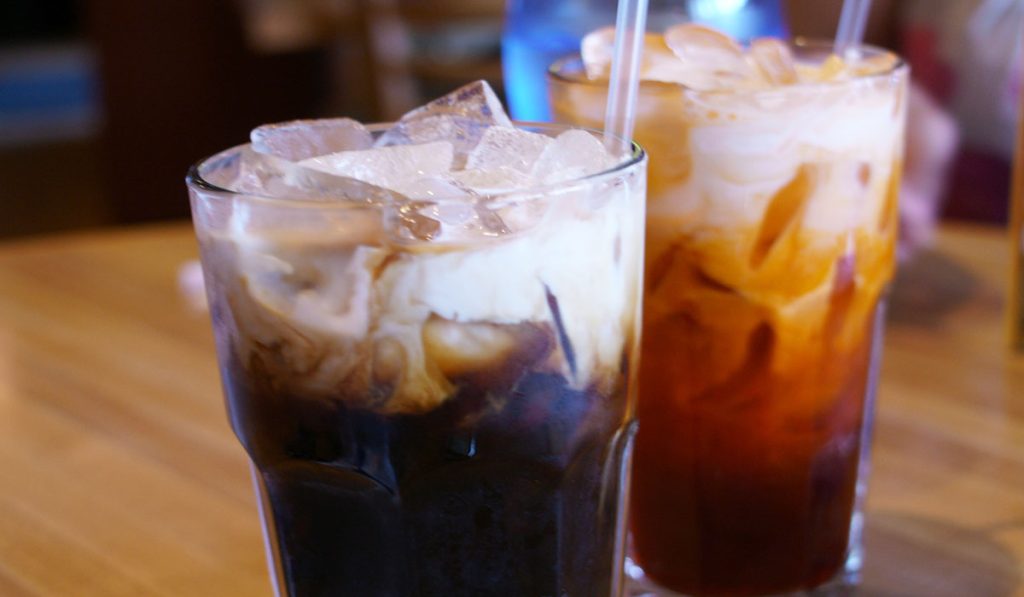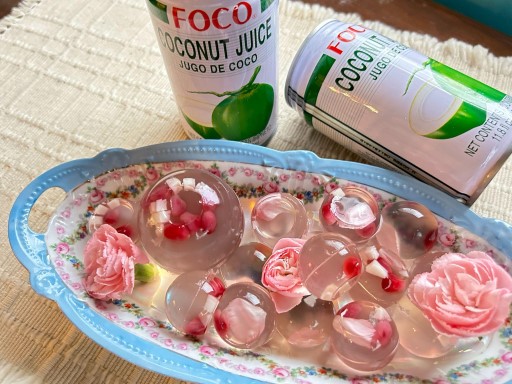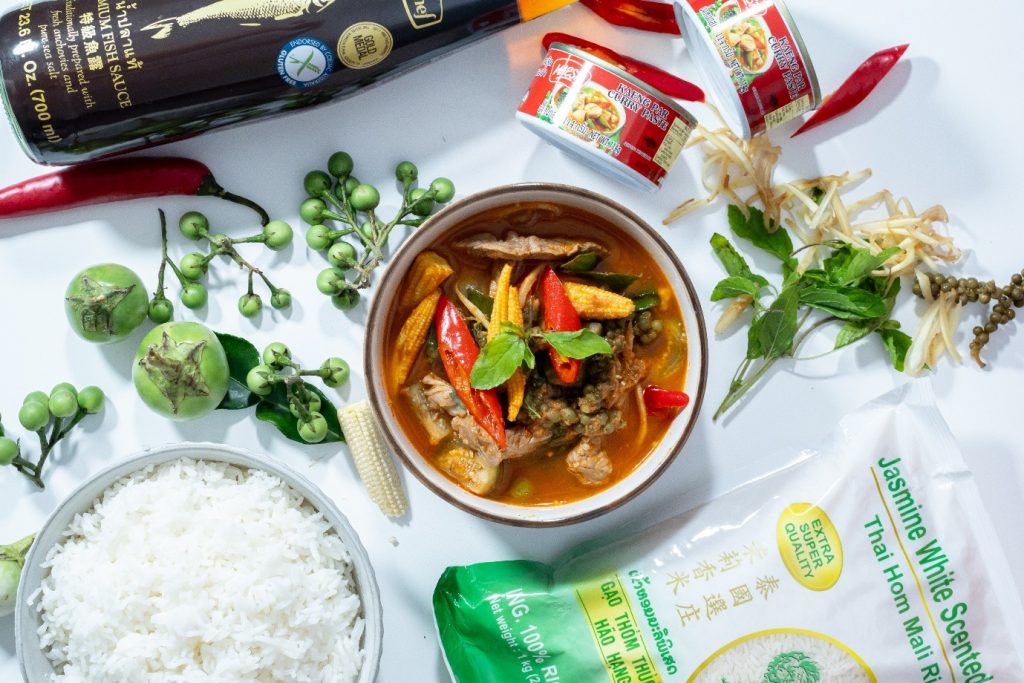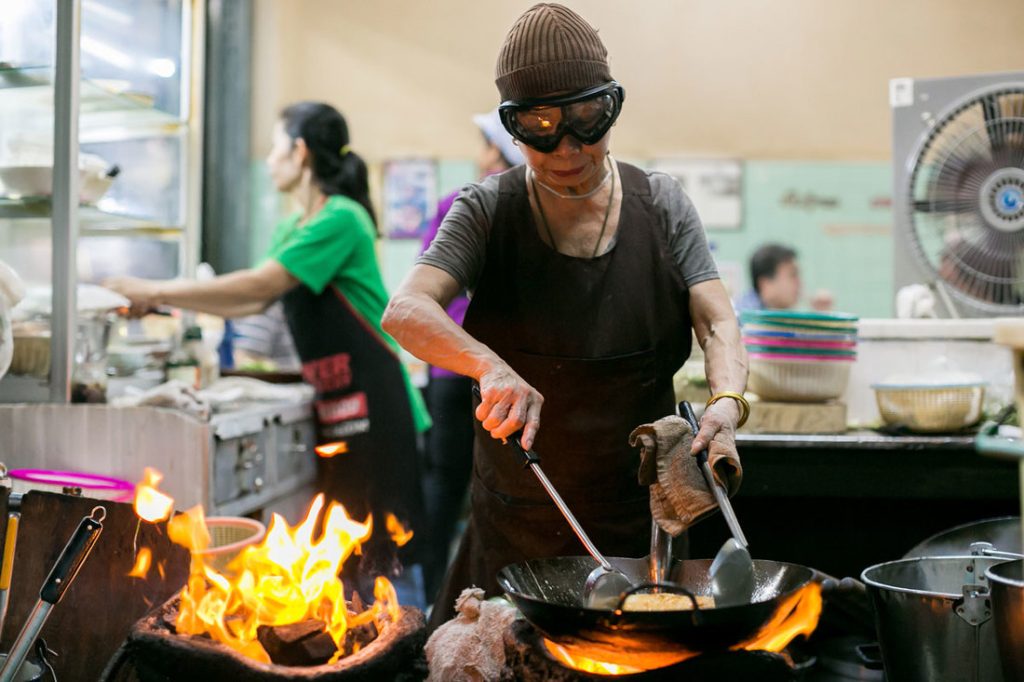Even if you’re not officially acquainted, you may have eaten the versatile cha lua in any number of Vietnamese dishes—amid the multi-textured chaos of a banh mi, or thickly sliced and sprinkled with shallots, and served alongside glutinous rolls of banh cuon. The irrepressible sausage has even crossed borders. In Thai cuisine, dishes like som tam—their green papaya salad—often come accompanied by thick slices of their version of it, called mu yo – vietcetera.com
Giò Lụa, is another name for Chả Lụa. The term Giò Lụa is part of the northern Vietnamese’s dialect while Chả Lụa originates from southern Vietnamese dialect.
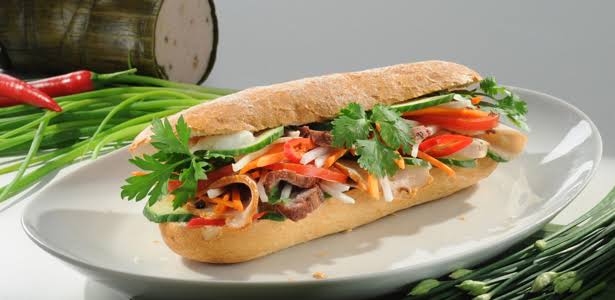
Traditionally, chả lụa is made of lean pork, potato starch, garlic, ground black pepper, and fish sauce. The pork has to be pounded until it becomes a paste. Other methods will not achieve the desired texture as chopping or grinding the meat will cause it to be fibrous, dry, and crumbly. Near the end of the pounding period, a few spoonfuls of fish sauce are added for flavor. Salt, black pepper, and sugar can also be added. The meat is now called giò sống, meaning “raw sausage”, and can be used in a variety of other dishes as well. The mixture is then wrapped tightly in banana leaves into a cylindrical shape and either submerged vertically in boiling water or steamed.
If the banana leaf is not wrapped tightly and water leaks inside while it is being boiled, the sausage will spoil quickly if kept at room temperature. Correctly made chả lụa can be stored at room temperature for about one week, but it is recommended to keep it refrigerated where it can be stored for up to 3–4 weeks.
|
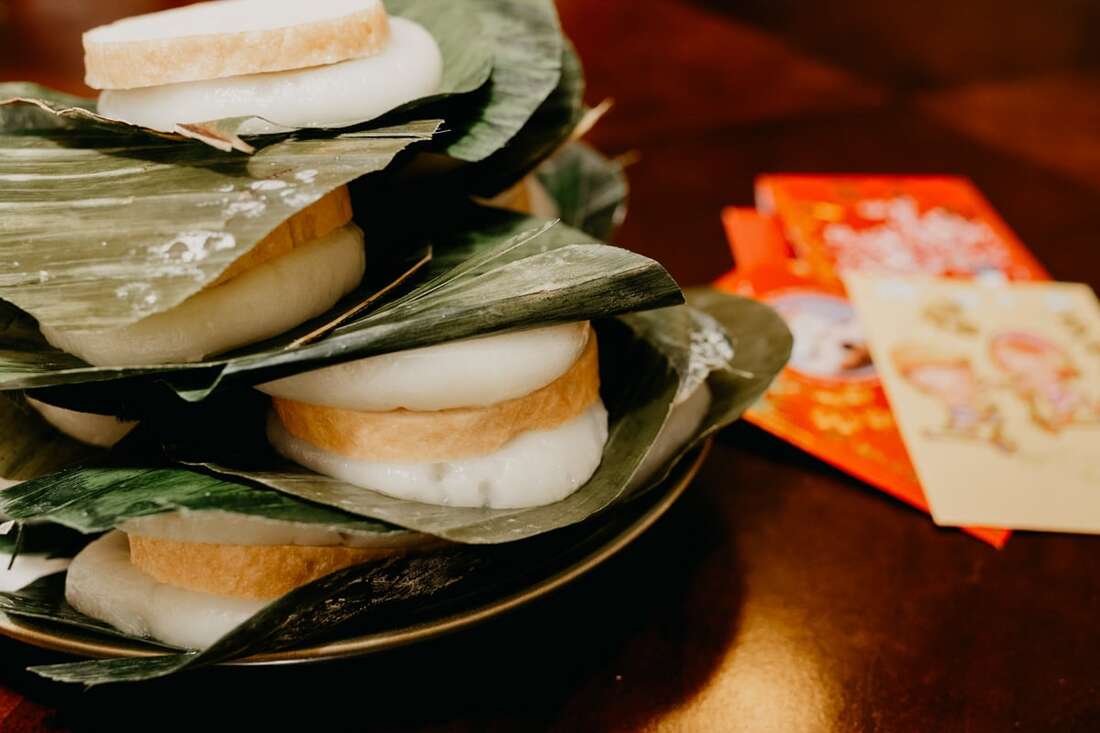 Banh Day
|
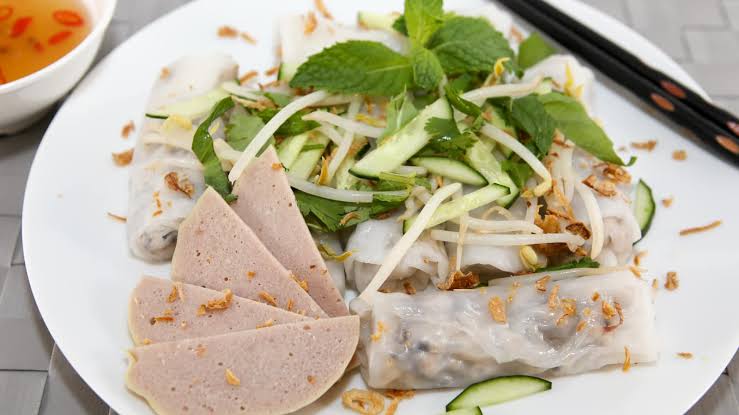 Banh Cuon
|
http://www.theravenouscouple.com/2010/02/cha-lua-vietnamese-ham-recipe.html
https://en.wikipedia.org/wiki/Ch%E1%BA%A3_l%E1%BB%A5a
https://howtofeedaloon.com/cha-lua-vietnamese-ham-aka-pork-roll/
https://www.meatsandsausages.com/sausage-recipes/cooked/cha-lua
http://yummyvietnam.net/authentic-cha-lua-recipe-how-to-make-vietnamese-ham-recipe/
https://vietspices.blogspot.com/2012/01/cha-lua-vietnamese-ham-aka-vietnamese.html
https://realfoodrealpho.blogspot.com/2015/01/cha-lua-silky-pork-sausage.html
http://www.duckandroses.com/1604/cha-lua-pork-terrine/
https://runawayrice.com/main-dishes/steamed-pork-roll-cha-lua/
https://vietcetera.com/en/cha-lua-five-dishes-with-the-versatile-vietnamese-food/


